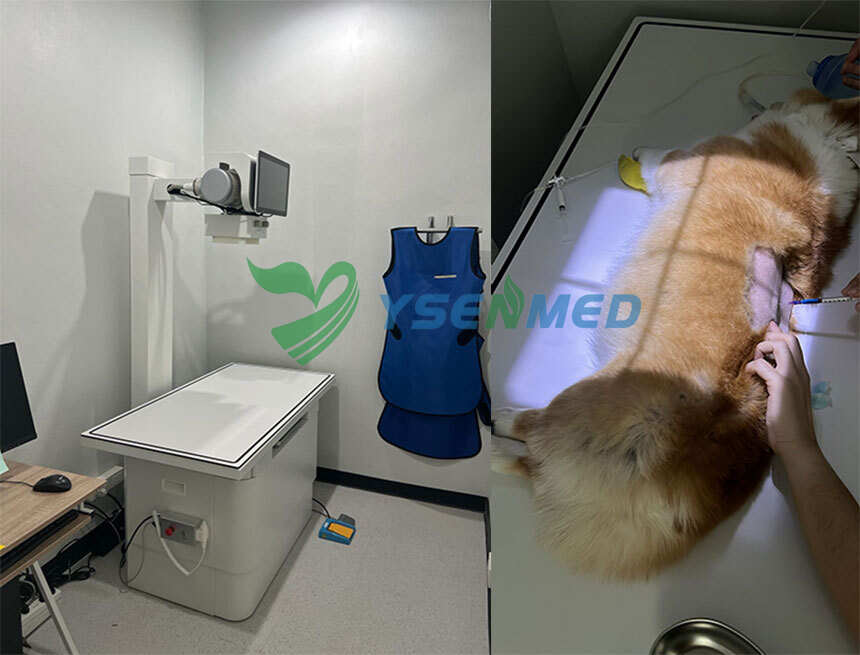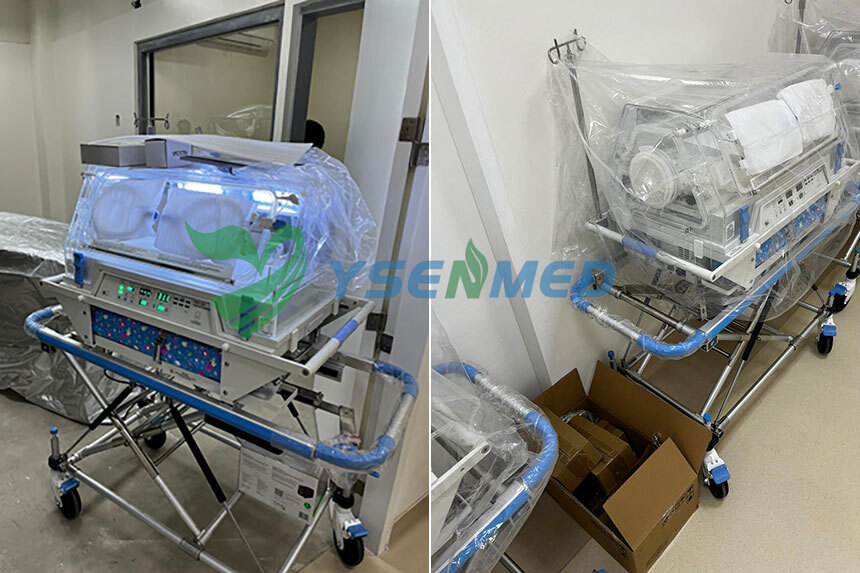Title: Digital X-ray Systems: Innovations and Future Perspectives in Medical Imaging
Introduction:
Set the stage by emphasizing the transformative impact of digital X-ray systems on medical imaging.
Introduce the article's focus on innovations and future perspectives in the evolving landscape of digital radiography.
Section 1: Evolution of X-ray Technology:
Provide a brief history of X-ray technology, highlighting the transition from conventional film-based to digital systems.
Discuss the revolutionary impact of digital X-ray systems on imaging quality, efficiency, and patient care.
Section 2: Fundamentals of Digital X-ray Systems:
Explain the fundamental principles of digital X-ray systems.
Discuss how these systems capture and process images digitally, offering advantages over traditional film-based methods.
Section 3: Key Components of Digital X-ray Systems:
Explore the essential components of modern digital X-ray systems.
Discuss elements such as X-ray detectors, image receptors, and image processing algorithms that contribute to the efficiency and quality of imaging.
Section 4: Types of Digital X-ray Systems:
Discuss various types of digital X-ray systems, including computed radiography (CR) and direct radiography (DR).
Explore the characteristics, advantages, and applications of each type in medical imaging.
Section 5: Portable and Point-of-Care Digital X-ray Systems:
Highlight the significance of portable and point-of-care digital X-ray systems.
Discuss their role in enhancing accessibility, especially in critical care settings, and how they contribute to rapid diagnostics.
Section 6: Advantages of Digital X-ray Systems:
Discuss the numerous advantages offered by digital X-ray systems.
Explore benefits such as improved image quality, reduced radiation exposure, enhanced workflow, and the ability to archive and share digital images.
Section 7: Applications in Skeletal Imaging:
Explore the applications of digital X-ray systems in skeletal imaging.
Discuss their role in diagnosing fractures, joint conditions, and degenerative bone diseases with high precision.
Section 8: Soft Tissue Imaging with Digital Radiography:
Discuss how digital X-ray systems contribute to soft tissue imaging.
Explore their applications in detecting and evaluating soft tissue abnormalities, tumors, and vascular conditions.
Section 9: Cone Beam CT and Digital Tomosynthesis:
Introduce advancements like cone beam CT and digital tomosynthesis in digital X-ray technology.
Discuss how these techniques offer three-dimensional imaging capabilities, providing valuable insights in various medical specialties.
Section 10: Artificial Intelligence in Digital X-ray Imaging:
Explore the integration of artificial intelligence (AI) in digital X-ray systems.
Discuss how AI algorithms enhance image interpretation, streamline workflows, and contribute to more accurate diagnostics.
Section 11: 3D and 4D Imaging:
Discuss the evolution of digital X-ray systems towards three-dimensional (3D) and four-dimensional (4D) imaging.
Explore their applications in various medical fields, including cardiology, oncology, and orthopedics.
Section 12: Dose Reduction Strategies in Digital Radiography:
Discuss strategies employed in digital X-ray systems to reduce radiation dose.
Explore advancements such as iterative reconstruction techniques and dose monitoring tools that prioritize patient safety.
Section 13: Hybrid Imaging Technologies:
Explore the integration of digital X-ray systems with hybrid imaging technologies.
Discuss how combining X-ray imaging with modalities like positron emission tomography (PET) enhances diagnostic capabilities.
Section 14: Personalized Medicine and Precision Imaging:
Discuss the role of digital X-ray systems in advancing personalized medicine.
Explore how precision imaging contributes to tailored treatment plans and improved patient outcomes.
Section 15: Integration with Electronic Health Records (EHRs):
Discuss the seamless integration of digital X-ray images with electronic health records (EHRs).
Explore how digital data sharing enhances communication, collaboration, and patient care continuity.
Section 16: Training and Education for Healthcare Professionals:
Emphasize the importance of training and education for healthcare professionals using digital X-ray systems.
Discuss ongoing education, certification programs, and best practices to ensure proficiency in utilizing advanced imaging technologies.
Section 17: Regulatory Compliance and Quality Assurance:
Discuss the regulatory landscape surrounding digital X-ray systems.
Explore the importance of adherence to quality assurance standards, ensuring patient safety and reliable diagnostics.
Section 18: Telemedicine and Remote Imaging:
Explore the role of digital X-ray systems in telemedicine and remote imaging.
Discuss how portable devices and remote interpretation contribute to expanding healthcare access.
Section 19: Economic Considerations and Cost-Effectiveness:
Explore the economic considerations of implementing digital X-ray systems.
Discuss their cost-effectiveness in terms of improved diagnostic accuracy, reduced need for additional tests, and potential savings in overall healthcare expenditures.
Section 20: Global Accessibility and Challenges in Adopting Digital X-ray Technology:
Examine the global accessibility of digital X-ray technology.
Discuss challenges in resource-limited settings and initiatives aimed at improving access to advanced imaging technologies on a global scale.
Section 21: Public Awareness and Education:
Emphasize the importance of public awareness and education regarding digital X-ray systems.
Discuss initiatives aimed at educating the public about the benefits of advanced imaging technologies in healthcare.
Section 22: Future Trends and Innovations in Digital X-ray Technology:
Explore emerging trends and innovations in digital X-ray technology.
Discuss ongoing research, potential breakthroughs, and the evolving landscape of these systems in medical imaging.
Conclusion:
Summarize the key points discussed in the article.
Emphasize the continuous evolution of digital X-ray systems, showcasing their pivotal role in shaping the future of medical imaging.




